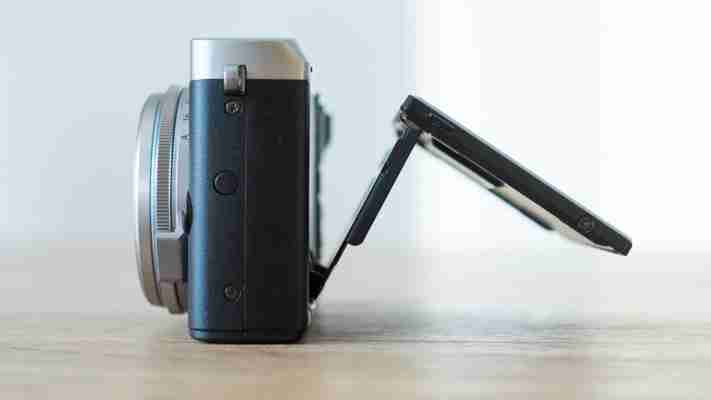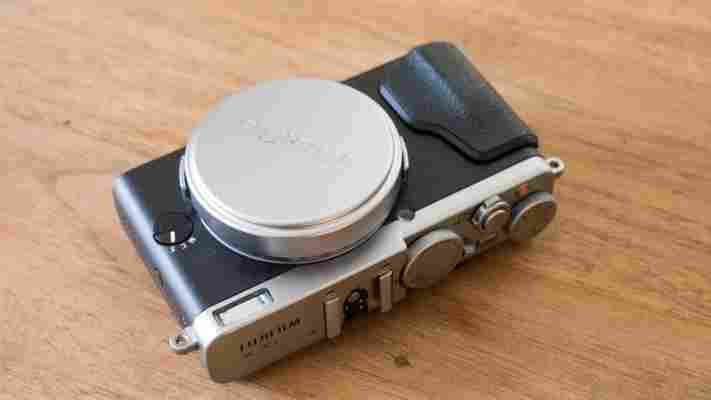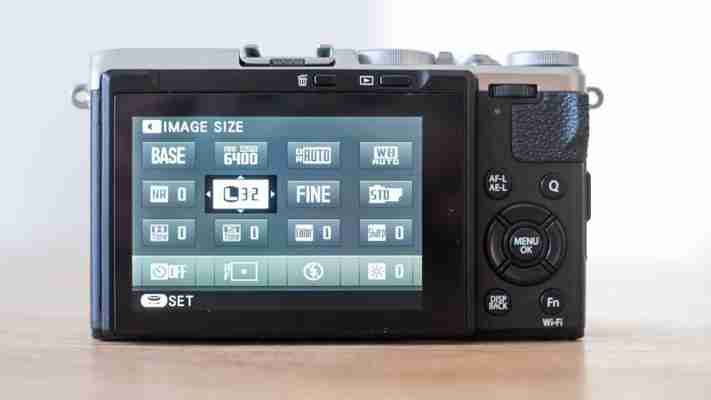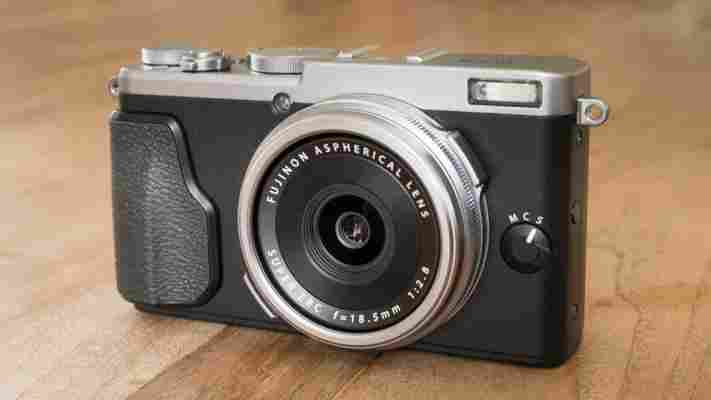The Fujifilm X70 has pretty much everything I want from a camera. At its heart is an APS-C sensor - the same size that’s used in consumer SLRs. This sensor and the f/2.8 lens are equivalent to an f/4.2 lens on a full-frame camera, which puts it in the upper echelons of compact cameras for image quality. There are chunky aluminium dials for exposure compensation and shutter speed, and aperture control is available on a lens ring. A second lens ring can be assigned to ISO speed and various other duties when it’s not controlling manual focus.
Around the back there’s an articulated touchscreen. That might not sound quite as impressive as the big sensor or the dials, but I’ve grown so accustomed to tilting the screen so I can shoot at elbow height and and tapping it to move the autofocus point, I’m not sure I would buy a camera without these features.

The whole lot is squeezed into a camera that measures 44mm from front to back (47mm including its lens cap). There aren’t many compact cameras that use such a big sensor, and and even fewer that are this slim. The trade-off is that there’s no zoom function. The 18.5mm focal length is equivalent to 28mm on a full-frame camera, which is unusually wide for a fixed focal length.
I often harp on about cameras that are jeans pocket sized, and this one passes the test. It also means that - unlike the vast majority of big-sensor cameras - it doesn’t require a dedicated camera bag and can be carried in a handbag, manbag or whatever else you might be carrying.
With its petite dimensions and plentiful controls, it’s a relief to find a decent handgrip and rear thumb grip to ensure a snug fit in the hand. There’s not so much to hold onto on the left flank, but extending the screen at its two hinge points means you can wrap your fingers under the screen for an extremely secure grip.

It’s a nippy performer, taking less than a second to power up and shoot and 0.8 seconds between subsequent shots. Continuous mode came in at 8.1 seconds but there’s only enough buffer memory for 13 JPEGs or seven RAW shots, whereupon it slowed to the speed of the card. Autofocus was responsive and accurate in my tests, but tracking autofocus was less impressive and not something I’d be inclined to rely on. Then again, the wide-angle lens means it’s unlikely this camera will be used to track moving subjects.
There are three user-definable Auto ISO modes, each with minimum and maximum ISO speeds and a minimum shutter speed. Switching to fully automatic mode using the dedicated lever, the camera is able to detect moving subjects and raise the shutter and ISO speeds automatically to avoid motion blur. It’s a shame this isn’t available outside of Auto mode, but it’s easy to grab the shutter speed dial and select a fast speed manually.
The combination of dedicated dials for exposure control and touchscreen autofocus is a rare treat, but a few other aspects of the controls could be better. Tapping the Q button calls up a grid of 16 commonly used functions, but strangely this isn’t touch enabled and must be navigated with the four-way pad. Values are changed with the command dial, but this is a lever rather than a true dial and so cycling through the available values is slower than it should be. I appreciate the ability to assign custom functions to eight buttons dotted around the camera, but more labels for default settings would have made it easier to get to grips with. Still, these quibbles didn’t take the shine off the otherwise joyful experience of using this camera.

Video has never been Fujifilm’s strongest suit, but only the fussiest users are likely to object. There’s a choice of frame rates from 24 to 60fps at 1080p and 720p. Details looked clean and sharp but there were some aliasing artifacts, giving dense textures such as foliage a slightly pixelated appearance. Manual exposure control is available for video, although only by setting the ISO speed in a submenu. The recessed video record button is quite fiddly and must be held down for half a second or so before it responds, but that’s no bad thing.

